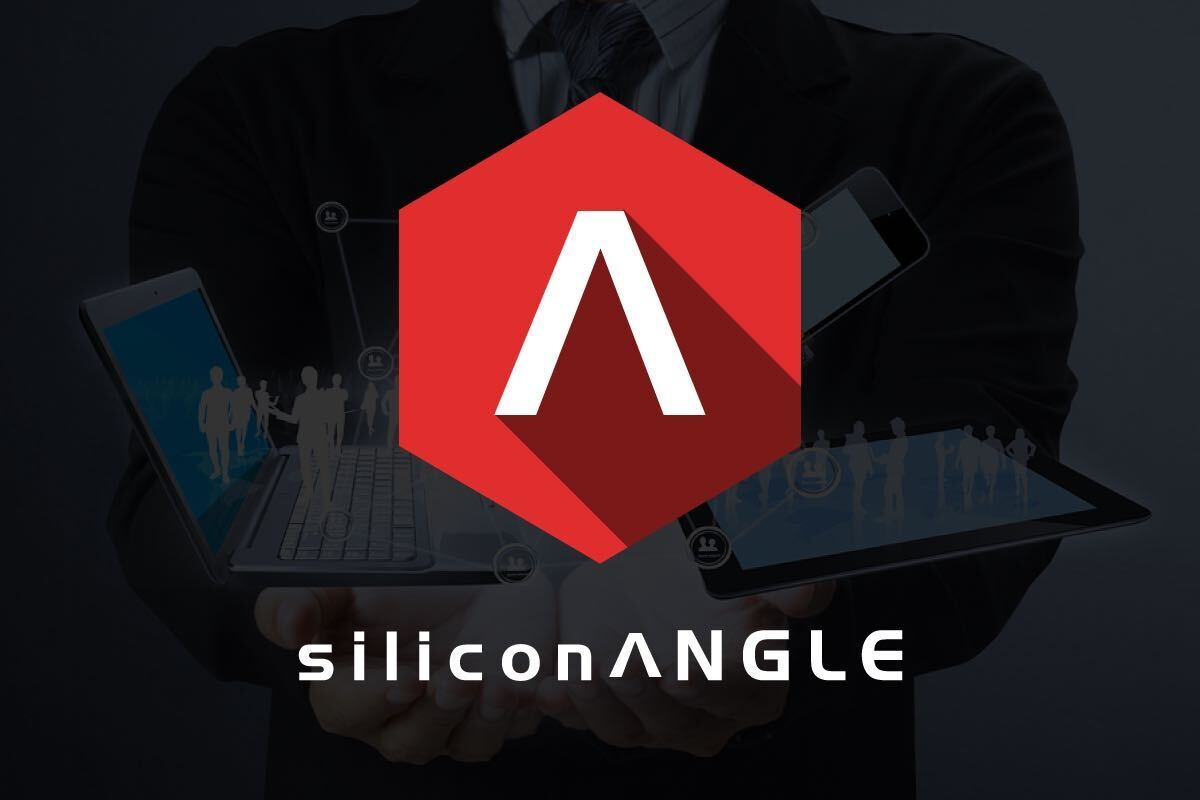


![]() Move over Apple, Windows and Android – Linux is making its own play to become the default operating system for smart cars with the release of downloadable code from its Automotive Grade Linux project.
Move over Apple, Windows and Android – Linux is making its own play to become the default operating system for smart cars with the release of downloadable code from its Automotive Grade Linux project.
Announced on Monday, the project is built on the Tizen operating system that was originally conceived as a rival to Android and iOS on mobile phones. According to the press release, Automotive Grade Linux adds “key applications developed in HTML5 and JavaScript into a single open source reference platform”.
A new wiki devoted to the project says that a few key additions have been made to Tizen, notably the middleware packages and the user interface. A number of images have been posted onto Flickr that show screenshots of the interface, plus some mock ups of how it might display various functions like maps, car status, climate controls, entertainment and so on.
“The current web runtime is Webkit but Tizen will migrate to Crosswalk within the next couple of months,” states the wiki. “Crosswalk is a more modern web runtime environment based in Chrome and Blink. It is also better performing than Webkit.”
The documentation also notes that Automotive Grade Linux is not meant to be a production user interface, but rather a demo to illustrate how applications are developed, and to excerise the underlying operating system stack components and middleware.
“Using AGL means the industry benefits from the stability and strength of a common Linux distribution, Tizen IVI, at the core while bringing their own unique applications and functionality to market faster,” said Rudolf Strief, director of embedded solutions, at The Linux Foundation.
“Collaborating within the AGL community helps the industry avoid fragmentation that can waste time and R&D resources that could be put to better use innovating on safety and reliability for drivers.”
Some of the common components include CarIndicator, call handling, voice recognition and text-to-speech, application configuration and theming, and a global settings user interface.
The rest of the code pertains to the home screen, climate control, dashboard, Google Maps, news and media components, audio controls, Bluetooth and SmartLink device integration.
Support our mission to keep content open and free by engaging with theCUBE community. Join theCUBE’s Alumni Trust Network, where technology leaders connect, share intelligence and create opportunities.
Founded by tech visionaries John Furrier and Dave Vellante, SiliconANGLE Media has built a dynamic ecosystem of industry-leading digital media brands that reach 15+ million elite tech professionals. Our new proprietary theCUBE AI Video Cloud is breaking ground in audience interaction, leveraging theCUBEai.com neural network to help technology companies make data-driven decisions and stay at the forefront of industry conversations.